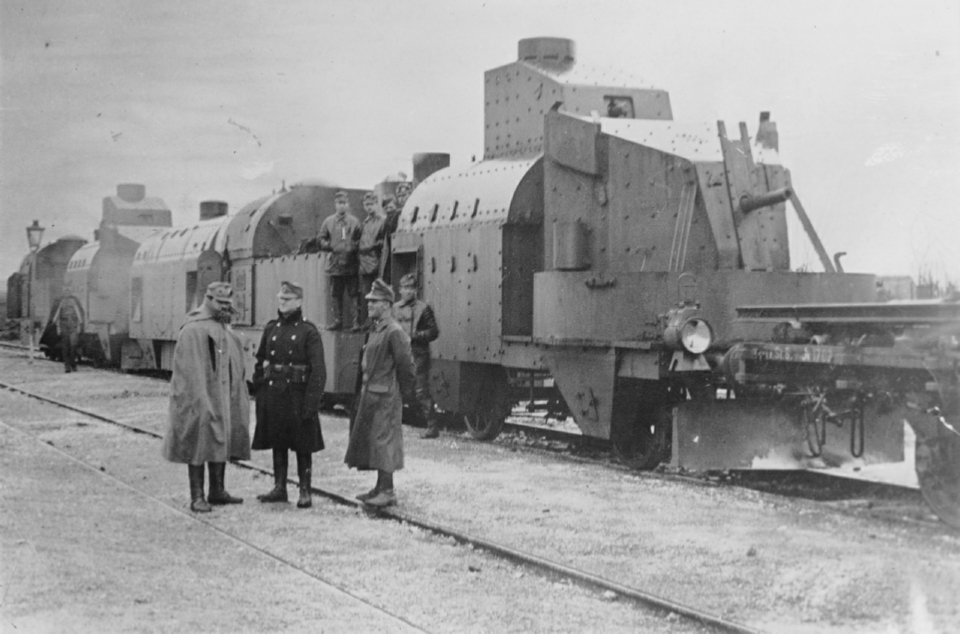The factories producing rolling stock such as locomotives, steam engines and wagons, but also bridges and other iron structures, were installed in Vienna (Locomotive Factory of the State Railway Company, founded in 1839), in Wiener Neustadt (New Vienna Locomotive Factory, founded in 1841), and in Floridsdorf (Floridsdorf Locomotive Factory, founded in 1869).
The Hungarian factories producing rolling stock as well as bridges and other iron structures were the MÁVAG company in Budapest (steam engines and wagons) and the Ganz company in Budapest (steam engines, wagons, the production of electric locomotives and electric trams started from 1894), and the RÁBA Company in Győr.
The Austro-Hungarian Army was under the command of Archduke Albrecht, Duke of Teschen (1817–1895), an old-fashioned bureaucrat who opposed modernization. The military system of the Austro-Hungarian monarchy was similar in both states, and rested since 1868 upon the principle of the universal and personal obligation of the citizen to bear arms. Its military force was composed of the common army; the special armies, namely the Austrian Landwehr, and the Hungarian Honved, which were separate national institutions, and the Landsturm or levy-en masse. As stated above, the common army stood under the administration of the joint minister of war, while the special armies were under the administration of the respective ministries of national defence. The yearly contingent of recruits for the army was fixed by the military bills voted on by the Austrian and Hungarian parliaments and was generally determined on the basis of the population, according to the last census returns. It amounted in 1905 to 103,100 men, of which Austria furnished 59,211 men, and Hungary 43,889. Besides 10,000 men were annually allotted to the Austrian Landwehr, and 12,500 to the Hungarian Honved. The term of service was two years (three years in the cavalry) with the colours, seven or eight in the reserve and two in the Landwehr; in the case of men not drafted to the active army the same total period of service was spent in various special reserves.
The common minister of war was the head for the administration of all military affairs, except those of the Austrian Landwehr and of the Hungarian Honved, which were committed to the ministries for national defence of the two respective states. But the supreme command of the army was nominally vested in the monarch, who had the power to take all measures regarding the whole army. In practice, the emperor's nephew Archduke Albrecht was his chief military advisor and made the policy decisions.



